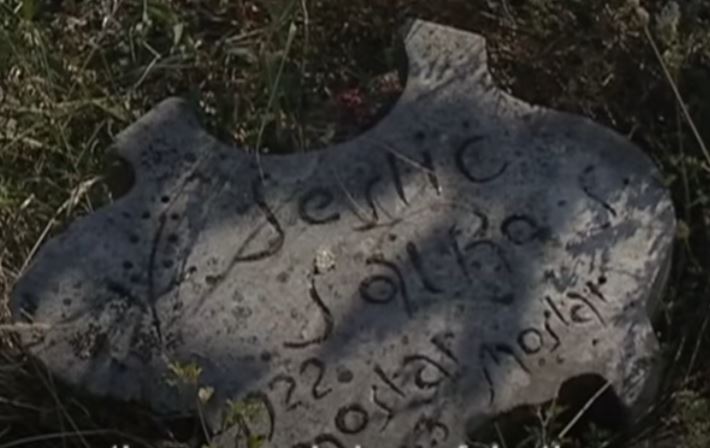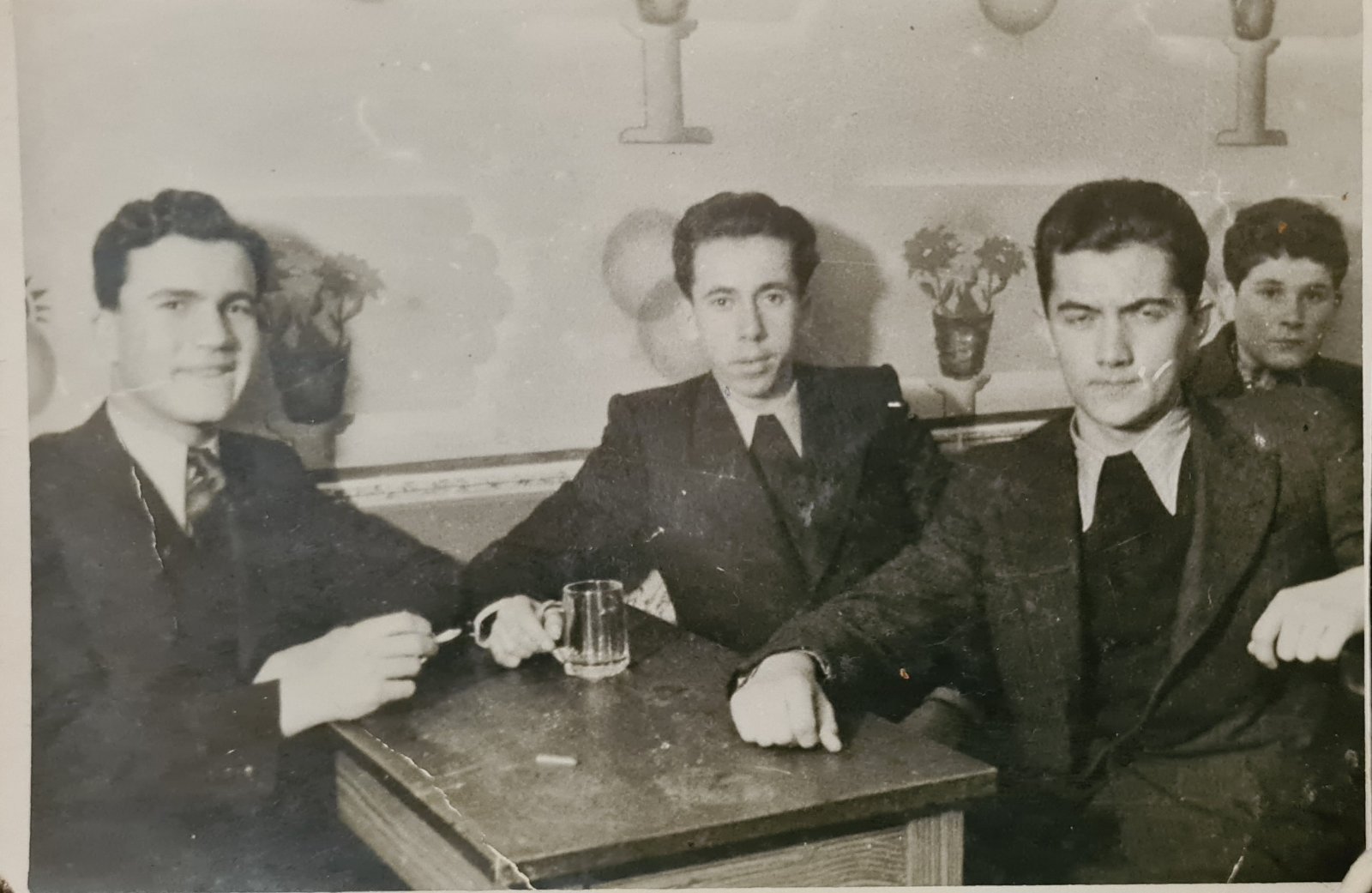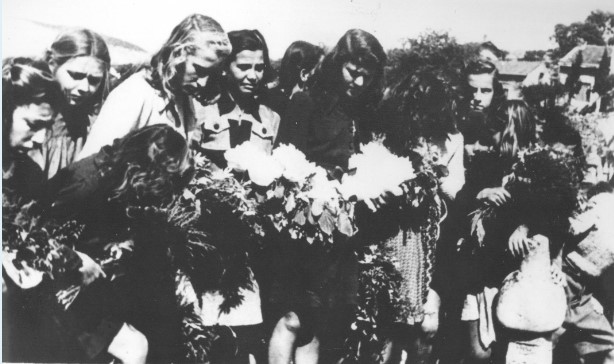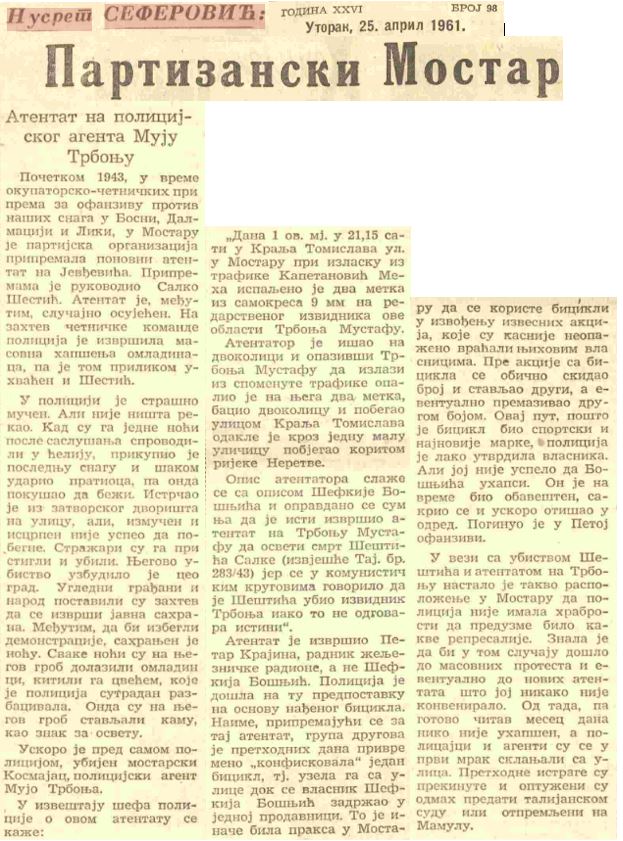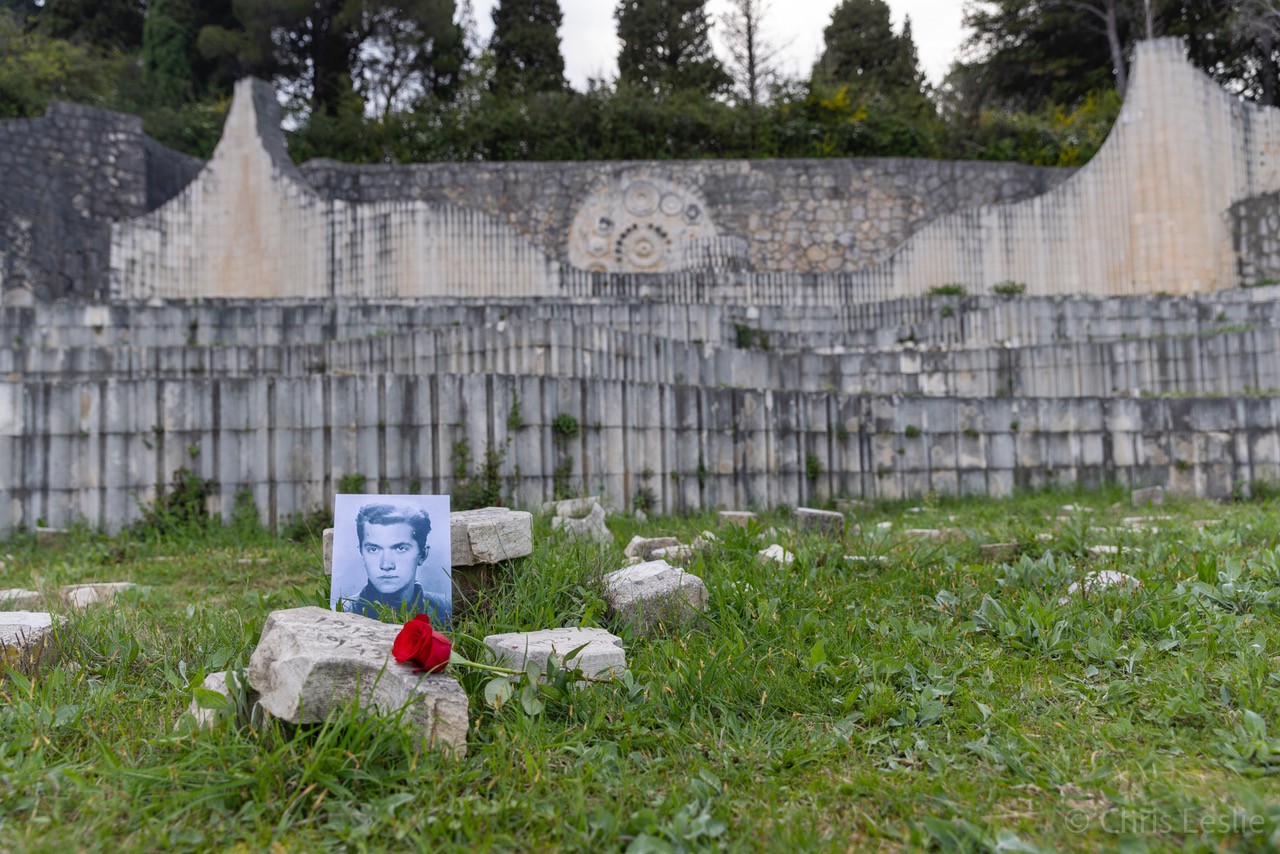
brochure "Partizanski spomenik u Mostaru" (1980)
book “Spomenica Mostara 1941-1945.”
another document or proof of the memorial stone (e.g., a photograph).
Salko S. ŠESTIĆ
SALIH SALKO ŠESTIĆ, son of SULEJMAN, born on April 5, 1922, in Mostar, a high school student and amateur photographer. A pre-war member of the Communist Youth League (SKOJ) and a member of the Communist Party of Yugoslavia (KPJ) since 1941. According to some sources, he was the Secretary of the Local Committee. Among other things, he planned an assassination attempt on the Chetnik leader Dobrosav Jevđević. He joined the People’s Liberation Army of Yugoslavia in March 1942 in the “Nevesinjska Puška” Battalion, and later in the 2nd Herzegovina Shock Battalion. He was captured during the Chetnik coup in May 1942 but managed to escape together with Nusret Seferović with the help of Dr. Safet Mujić. He sought refuge in Mostar, where he operated as a member of the Local Committee of the Communist Youth League for Mostar. He was arrested by the authorities of the Independent State of Croatia (NDH) on January 21, 1943, and killed the next day.
K.D. Miletić provided a brief description of the events leading to Salko’s death. In early 1943, a major “leak” occurred within the SKOJ organization. The NDH police and Italian carabinieri arrested several members of the SKOJ, including workers from the Tobacco Factory. The leak soon spread, and members of the Local Committee were arrested, first Salko Čelebić, and a few days later, Salko Šestić and Mehmed Dvizac, followed by Alija Šegetalo, the manager of an illegal youth printing press. The arrested individuals were brutally tortured by the police. According to one source, “they couldn’t hear a word from him (Salko, note)”. On the night of January 21, near the prison, Salko was killed: “When they were escorting him to the cell one night after interrogation, he gathered his last strength, punched the guard, causing a commotion, and attempted to escape. He ran out of the prison yard onto the street, but exhausted and drained, he couldn’t manage to flee.”
Salko’s burial was organized secretly, at night, by order of the authorities, although prominent citizens demanded a public funeral. Nevertheless, SKOJ members discovered the grave and visited it, adorning it with flowers.
In the town, it was believed that the infamous Redarstvo agent Mujo Trbonja had killed Salko during his escape attempt. As a retaliation for Salko’s death, which they considered a murder, SKOJ members published a pamphlet signed by “Polet” (Nusret Seferović), Salko’s closest friend, stating that the illegal people’s court in Mostar had sentenced the hated policeman Mujo Trbonja to death. The sentence was accompanied by a poem dedicated to Salko (source: family archives).
The assassination of Mujo Trbonja was carried out on February 1, 1943, by Petar Pero Krajina, a fighter from the Mostar Battalion who had escaped across the Neretva River. Trbonja underwent surgery after being wounded but succumbed to his injuries the following day. The police accused Šefik Bošnjić of his murder, as his bicycle had been used in the operation. (Šefik was informed of the search for him and managed to hide in the Battalion. He was killed during the Battle of Sutjeska.)
The family only learned more details about Salko’s death after the war. According to the information we received, Salko was “arrested by the NDH agent Mujo Trbonja, who assured his mother Fatima not to worry, that everything would be fine.” The murder occurred while Salko was being escorted by two policemen, Jusić and Topić, from the prison located on today’s Huse Maslića Street towards the Ćelovina prison. Salko somehow managed to escape and ran onto Glavna Street, where he encountered the policeman Alija Husković. Husković fired his gun, the bullet ricocheted off the pavement, hit Salko in the back, and exited through his stomach. At that moment, the owner of a nearby tavern, Drago Mandrapa, came out, and Salko took his last breath in his arms. The assassination of Mujo Trbonja took place near the Bunur church, close to the fountain.”
Salko’s remains were transferred to the Partisan Memorial Cemetery in 1965 and rest in a common ossuary.
Salko’s name was recorded on a memorial plaque in Mostar Gymnasium. The plaque was removed during the war of 1992-1995. A street in Mostar is named after Salko Šestić. Also, a photo club from Mostar used to bear his name.
Ćemalović, Enver (1986): Mostarski bataljon, Mostar; https://poskok.info/mostarke-u-doba-okupacije-sloboda-nije-stigla-iz-bajke/; http://www.most.ba/091/015.aspx; Konjhodžić, Mahmud (1981): “Mostarke”: fragmenti o revolucionarnoj djelatnosti i patriotskoj opredjeljenosti žena Mostara, o njihovoj borbi za slobodu i socijalizam, Opštinski odbor SUBNOR-a Mostar; Seferović, Mensur (1957): „Tajna partijske ćelije“, Sarajevo; Seferović, Mensur (1958): “Bataljon u okupiranom gradu”, Sarajevo; група аутора (1986): Херцеговина у НОБ, Београд; grupa autora: Spomenica Mostara 1941-1945; porodična sjećanja (4.6.2023.); Ljubo Gordić, Refik Hamzić: „Partizanski doktor Safet Mujić“; Борба 1961-04-25 (unilib.rs)
Fotografije: porodična arhiva; https://znaci.org/fotografija.php?br=10602; https://znaci.org/fotografija.php?br=10620; https://znaci.org/fotografija.php?br=10616; https://www.youtube.com/watch?v=6-Uc-stQm-A&t=718s&ab_channel=InstituteforWar%26PeaceReporting 2:37
Photo of the memorial plaque: S. Demirović.
We thank the Šestić family for the information.
Do you have more information about this fighter? Share your stories and photographs. Let's keep the memory alive!

